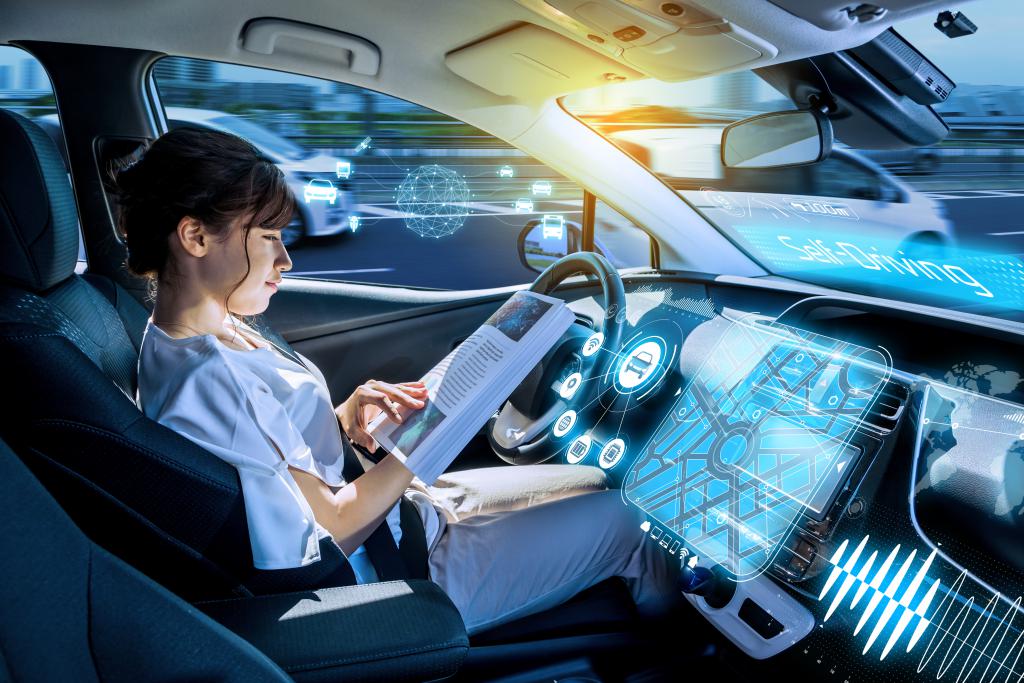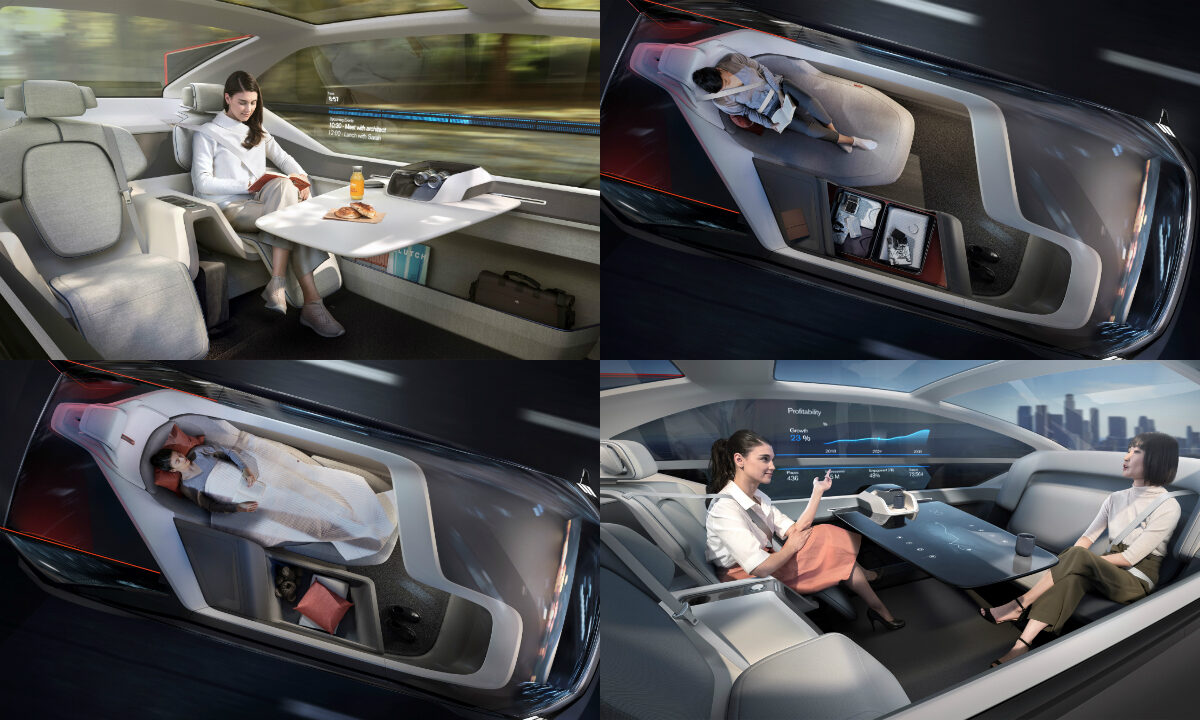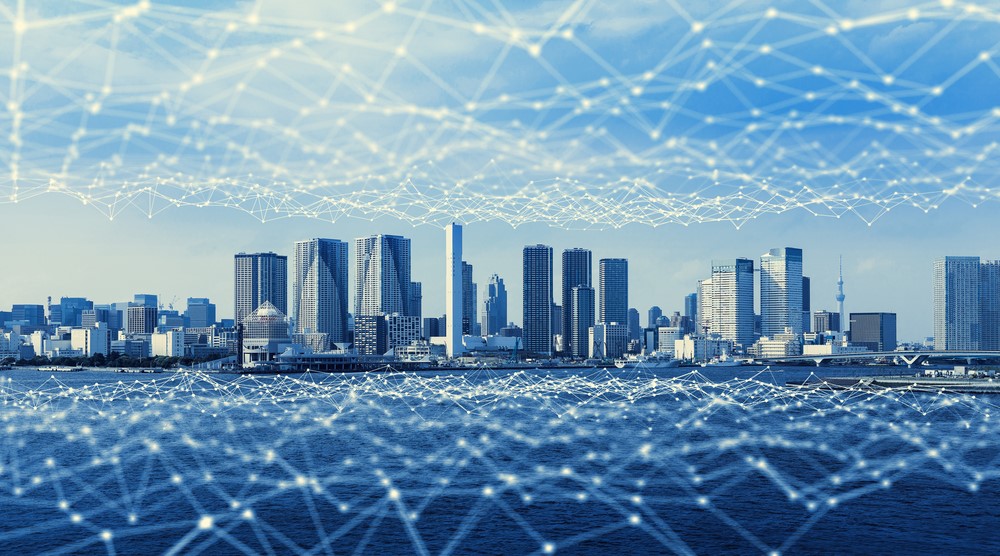Imagine being able to sleep, work, shave your beard, paint your nails or watch your favorite series on Netflix while driving. While that may sound like dangerous activities while driving, it may be reality in the near future. In fact, several companies are developing cars that drive autonomously, for example Tesla and Google. The fact that autonomous driving is getting closer to reality also brings many questions and discussions. Is autonomous driving a positive progress for society or rather a danger? Personally, I believe that autonomous driving is an advance for society because, in my opinion, the advantages of autonomous driving for society outweigh the disadvantages, both of which I will elaborate, respectively, in the paragraphs below.
The first benefit is that autonomous driving can significantly reduce the number of traffic accidents. The ‘United States Department of Transportation’ (USDOT) reported 37,133 deaths in 2017 due to car accidents[1]. 94% of these were caused by human error, according to the USDOT. With autonomous driving, these human errors are eliminated causing a significant reduction in traffic accidents, as much as 90% according to reports from Ohio University and McKinsey & Company[2] [3]. Thus, autonomous driving can improve life expectancy and quality of life.
A reduction in traffic accidents also indirectly causes a second benefit of autonomous driving. A reduction of traffic accidents results in less traffic jams, which means a decrease in emissions (of exhaust gases). This decrease can be as high as 60%[4]. With the current climate problems, this decrease can make a significant positive impact on the environment and society. In addition, it is known that traffic jams lead to an increase in depression, anxiety and blood pressure, in addition to a lower quality of sleep and a decrease in cardiovascular fitness [5]. With less traffic congestion, these health disadvantages would likely decrease, thus increasing the quality of life.
On the other hand, there are also a number of disadvantages of autonomous driving that are important to mention. Autonomous driving is a technological development and the technological system may have security problems. In order for self-driving cars to communicate and coordinate with each other, they would need to share the same network protocol. However, if a large number of cars share the same network, they are susceptible to a hack[6]. Even a small hack can cause significant damage on busy roads by causing collisions and jamming traffic. This raises major issues that need to be answered before the implementation of autonomous cars, such as: What determines the quality of the system and how good should it be? If an accident is caused by a hack, who is liable?
This brings me to the second major drawback of autonomous driving: the lack of clarity about responsibility in case of traffic accidents[7]. In the event of an accident who is legally responsible? The car brand, the car manufacturer or the driver (or the person behind the wheel in the case of an autonomous driving car)? Because the technology is still relatively new, few clear laws and regulations exist on this.
[1] https://www.nhtsa.gov/technology-innovation/automated-vehicles-safety
[2] https://onlinemasters.ohio.edu/blog/the-future-of-driving/
[3] https://www.mckinsey.com/industries/automotive-and-assembly/our-insights/ten-ways-autonomous-driving-could-redefine-the-automotive-world
[4] https://onlinemasters.ohio.edu/blog/the-future-of-driving/
[5] https://pharmeasy.in/blog/stress-anxiety-pollution-effects-of-traffic-jam-on-health/
[6] https://www.forbes.com/sites/jamiecartereurope/2019/03/05/hacked-driverless-cars-could-cause-collisions-and-gridlock-in-cities-say-researchers/?sh=3ce5dadf2a09
[7] https://www.tudelft.nl/en/stories/articles/the-responsibility-gap-with-self-driving-cars



